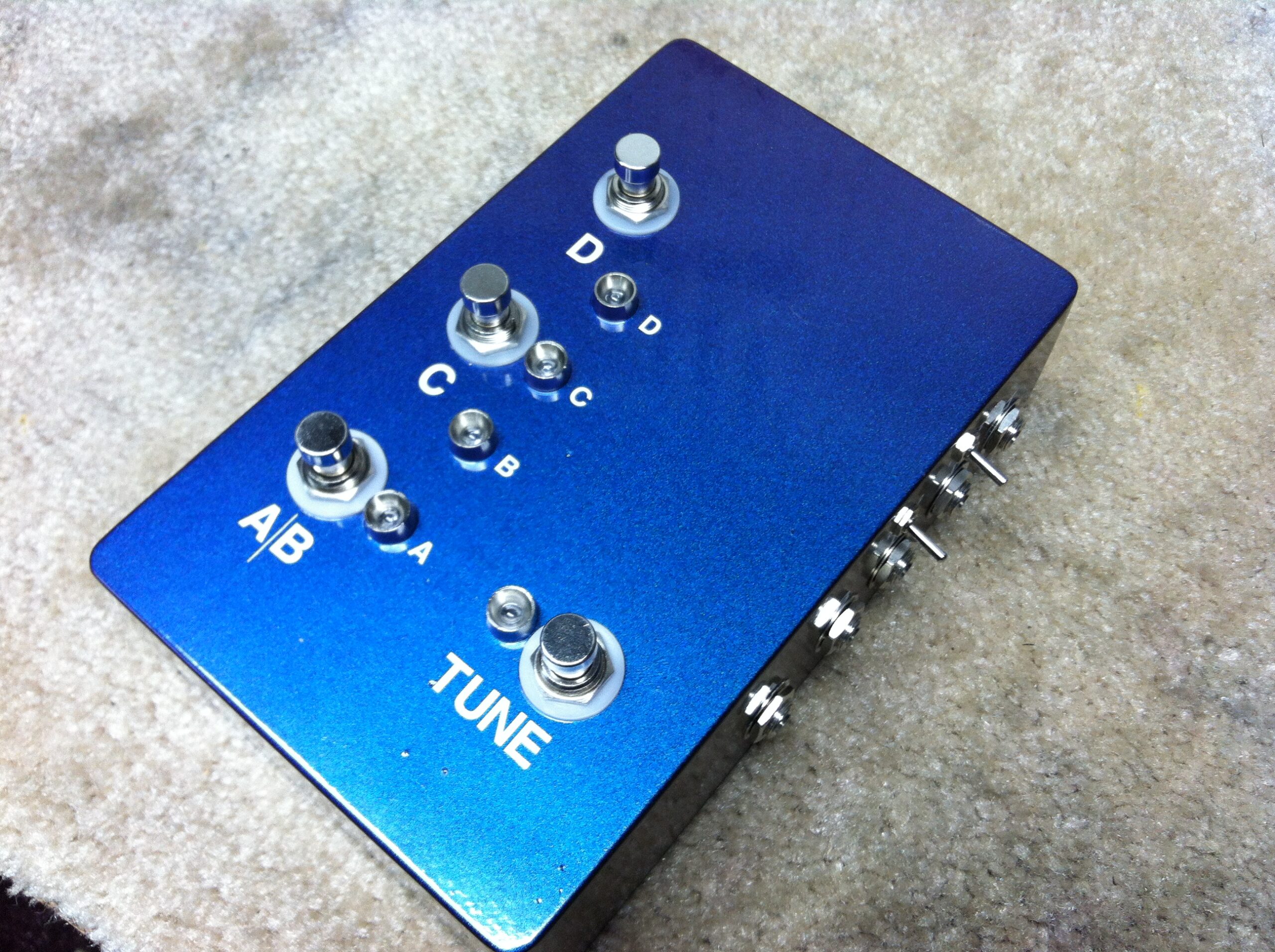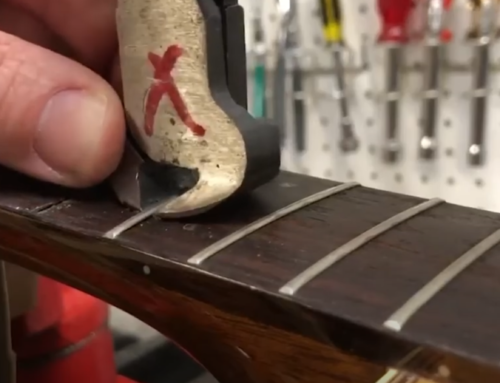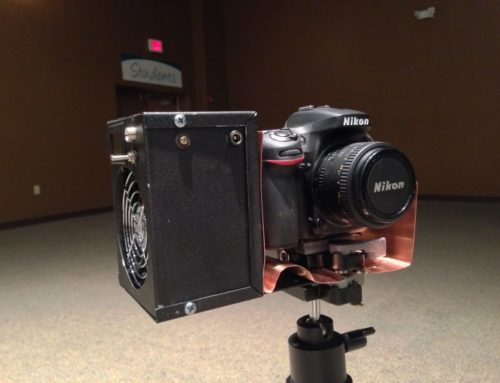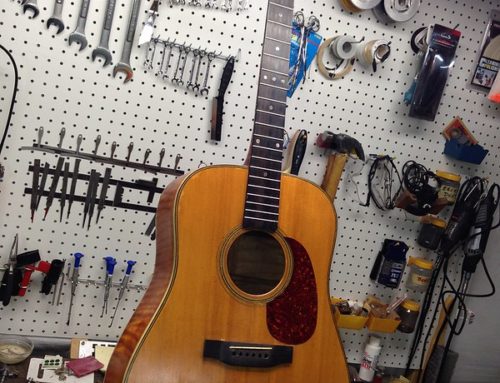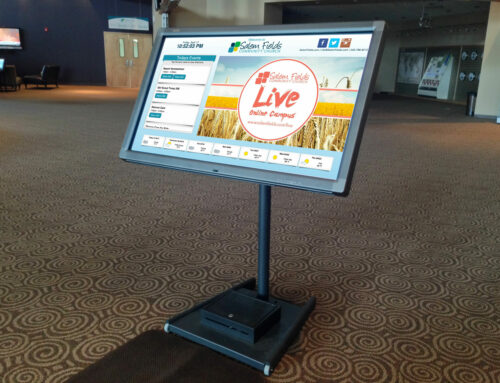Every once in a while I get to play guitar with the SFCC band for a weekend. It is one of the things I love to do most in this world – I wish I could do it all of the time. One weekend I needed to play acoustic for a couple of songs and then electric for the rest. The experience revealed a need I had never considered as I hardly ever need to play electric and acoustic in the same set.
I currently use the Line6 HD500 for my delay, reverb, compressor, noise gate and any modulation effects. The HD500 also has a built-in guitar tuner that works just fine for my needs… until I needed to tune my acoustic guitar on-the-fly between songs.
Being a luthier and former touring guitar tech, I had no problem quickly unplugging my electric guitar’s cable and popping it into my acoustic (after ensuring it was muted at FOH of course!). I tuned up quickly using the HD500 and switched the cables back. It worked, but it was cumbersome and it was hard to hide all of that activity from the audience.
During the week that followed, I thought a lot about that situation. I decided I wanted a basic foot pedal that would allow me to use a single tuner for multiple guitars while still sending the guitars’ signals to their respective destinations. So both my electric and acoustics would both route through this pedal; the electric would still got to the HD500 and the acoustic into a direct box.
The idea hit me in the shower one day (not literally, that would be awkward…) and I sketched out the basic schematic in the fog on the shower door.
I wanted at least two inputs as it is normal for me to play with two electric guitars. I do not change a lot, but no respectable guitar tech would perform without a backup. And the entire purpose of the project was to be able to add an acoustic to the rig, so we’re up to three inputs. I included a backup input (why not!) and that is how I arbitrarily decided to have four 1/4 inch Switchcraft inputs (ABCD).
The switcher also needed two discrete outputs; one for my electric rig and one for the acoustic (XY).
And finally, there it needed a “tuner out” for, wait for it, the guitar tuner.
So after a little white-boarding, the schematics here is what I put together:
- 4 inputs (ABCD)
- Inputs A & B route to output X.
- Inputs C&D have toggle switches that will route the signal to either output X or Y.
- 3 stomp switch to select inputs.
- A switch for toggling between the A & B inputs.
- A switch for activating the C input (and disabling A &B).
- A switch for activation the D input (and disabling A, B & C inputs).
- 2 discrete outputs (XY)
- X routes to my electric guitar rig.
- Y routes to my acoustic’s direct box.
- 1 tuner output
- A stomp switch activates the tuner output.
- The stomp switch mutes both X&Y outputs.
- Super bright, blue LED’s that will burn a hole in your retina.
- LED’s are on an isolated circuit from the audio signals.
- LEDs are powered by a 9volt battery or external power supply.
- Two-tone paint (just because…)
